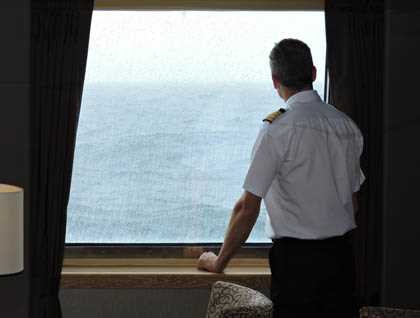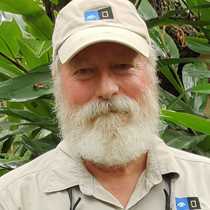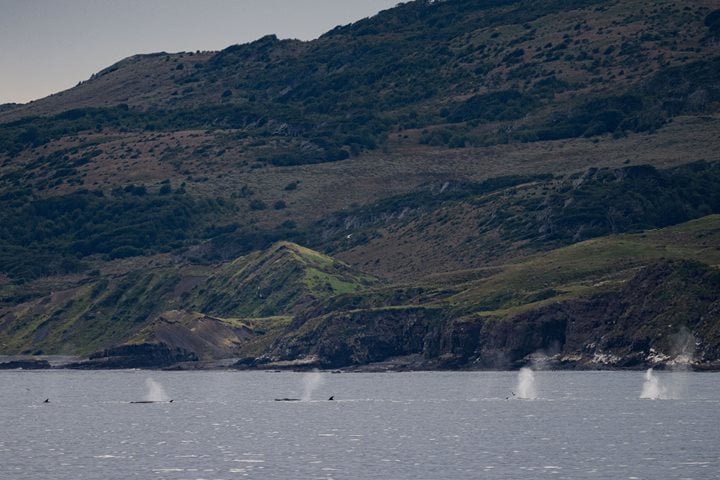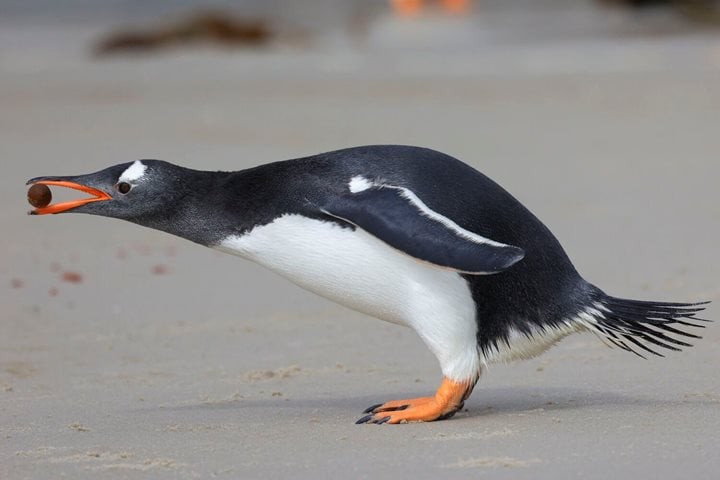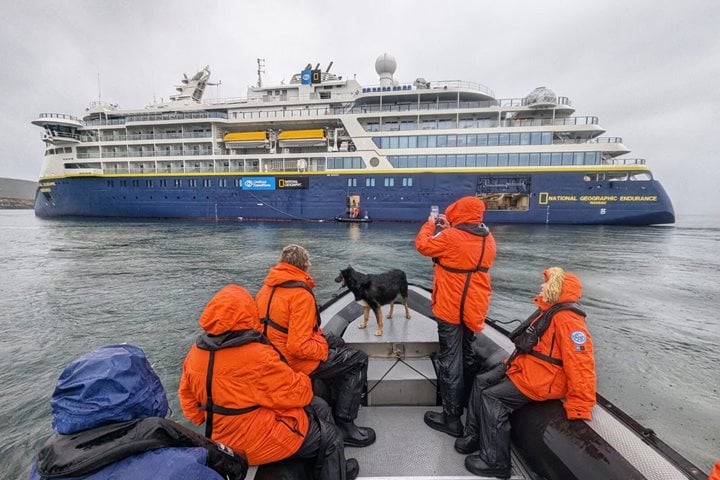We spent the day sailing across the Scotia Sea as National Geographic Orion kept on her northeasterly course towards South Georgia. The seas were pretty much as we expected, knowing this can be among the roughest waters in the world. Actually, it wasn’t bad. Yes, it was quite windy, and there were many whitecaps in evidence, but our great ship with her big stabilizers made for a comfortable ride in two to three-meter (seven to ten-foot) seas.
Ernest Shackleton’s astonishing 1,200-km (almost 800-mile) small boat voyage through these waters from Elephant Island to South Georgia during the winter (April) of 1916 was very much on our minds today. That was surely one of the greatest sailing feats of the modern age and leaves many people simply shaking their heads in near disbelief and amazement. We showed a film about his voyage and discussed it in a lecture, which made us appreciate the warmth, dryness, and comfort all the more aboard our own wonderful vessel…especially as we looked out the windows and imagined how much bigger the waves were during the Winter storms Shackleton had to deal with. The irony of this is tonight was our very special “Blue Ice” gourmet seven-course dinner, which was quite a bit different than Shackleton’s diet of penguin meat and seal blubber.
We knew we were headed for that great oasis in the Atlantic Ocean sector of Antarctica—South Georgia. It is a large, mountainous island that affords excellent breeding opportunities for those myriad sea birds that must find land in the deep south where they can safely reproduce and raise their young. Several species of birds were sighted around the ship today, including a few species that we had not seen since our time in the Drake Passage a week ago. Southern and northern giant petrels, white-chinned petrels, various prions, blue petrels, Wilson’s storm-petrels, southern fulmars, and black-browed albatrosses were identified. Probably most, if not all these birds following us today nest at South Georgia. That is a safe assumption, because countless sea birds, probably more than 22 million in total, utilize this island during each summer season, and some, i.e. king penguins and wandering albatrosses, breed here throughout the year. There is certainly a lot of excitement and anticipation on board the ship right now.

